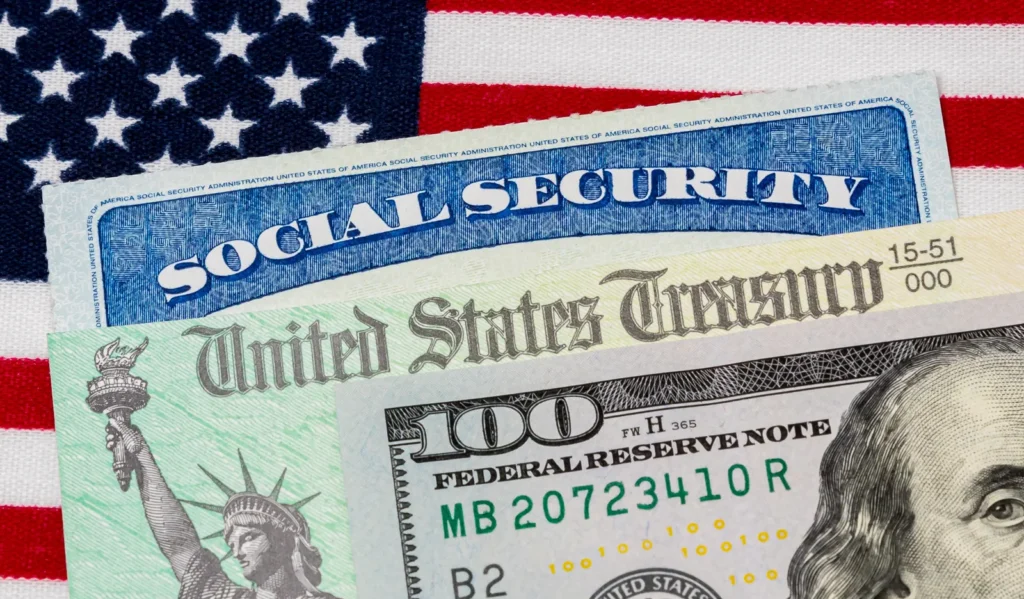The concept of privatizing Social Security has been debated for decades, with supporters arguing it could lead to better returns for individuals and reduce the government’s role, while opponents highlight the potential risks and disparities.
As the U.S. faces mounting concerns about the long-term sustainability of its Social Security system, it’s essential to consider both the pros and cons of privatization. In this article, we’ll explore seven key advantages and disadvantages of privatizing Social Security.
Pros of Privatizing Social Security
- Higher Investment Returns
The current Social Security system invests in government bonds that yield relatively low returns, averaging about 2.9% annually. By contrast, the stock market has historically delivered higher returns, typically around 7% annually after adjusting for inflation. Privatizing Social Security would allow individuals to invest their contributions in stocks, bonds, or other assets with the potential for much higher returns over the long term.

- Increased National Savings
By encouraging private savings and investment accounts, privatization could increase national savings rates. More individual retirement accounts could lead to greater capital accumulation, which in turn could stimulate economic growth. A higher savings rate is often linked to increased investments in the economy, which could create more jobs and a stronger financial system.
- Enhanced Personal Control and Responsibility
Privatization would offer individuals more control over their retirement savings. Instead of relying on the government, workers would be able to decide how their funds are invested, potentially leading to greater personal responsibility and more tailored financial strategies. People could choose investment options that match their risk tolerance and retirement goals.
- Reduced Government Burden
Privatizing Social Security could reduce the government’s financial burden, allowing it to redirect resources to other areas. With less dependence on the government for retirement funding, taxpayers may see a reduction in the overall cost of Social Security, potentially freeing up funds for other pressing social needs.
Cons of Privatizing Social Security
- Market Volatility Risks
One of the significant risks of privatization is the exposure to market volatility. Investing retirement savings in the stock market comes with the risk of losses, particularly during economic downturns. For example, the 2008 financial crisis demonstrated how stock market crashes can erode retirement funds. Individuals nearing retirement could find their savings significantly diminished if the markets perform poorly.
- Increased Economic Inequality
Privatizing Social Security may exacerbate income inequality. Higher-income individuals are more likely to have the financial means to invest in higher-return assets, potentially increasing their retirement savings. On the other hand, lower-income workers may not be able to contribute enough to build a significant nest egg, leading to a wider wealth gap among retirees. As such, privatization could disproportionately benefit wealthier individuals while leaving vulnerable groups with less adequate retirement funds.
- Transition Costs
Switching to a privatized Social Security system would be expensive. The U.S. government would need to bear the costs of transitioning to private accounts while still providing benefits to current retirees. These transition costs could range from $600 billion to $900 billion over the next 75 years. Such costs would be borne by taxpayers and could strain the federal budget.
- Administrative Challenges
Managing millions of individual retirement accounts would require a massive regulatory framework. The transition to private accounts would introduce new administrative complexities, such as ensuring proper oversight, reducing fraud, and minimizing inefficiencies. Establishing and maintaining this new system could lead to significant administrative costs, negating some of the intended benefits of privatization.
- Potential for Reduced Benefits for Vulnerable Groups
Vulnerable groups, including women, minorities, and low-income workers, are often less likely to have substantial earnings and may struggle to understand complex investment strategies. Privatization could disproportionately disadvantage these individuals, leaving them with insufficient savings for retirement. With fewer resources and less financial literacy, they might not be able to effectively navigate the private investment system, resulting in lower benefits and greater financial hardship in retirement.

Global Perspectives on Social Security Privatization
Chile’s experiment with privatizing its Social Security system in the 1980s offers valuable insights. While some individuals benefited from higher investment returns, others faced significant risks, particularly during market downturns. The system also led to growing income inequality, as wealthier individuals were able to take better advantage of investment opportunities. This experience highlights the challenges of privatization and serves as a cautionary tale for other countries considering similar reforms.
Conclusion
Privatizing Social Security offers the potential for higher returns and greater individual control over retirement savings. However, it also comes with significant risks, such as market volatility, increased inequality, and high transition costs.
As the U.S. continues to explore ways to ensure the sustainability of its retirement system, it is crucial to carefully weigh these pros and cons. Any decision to privatize Social Security would need to account for the potential disparities it could create and include safeguards to protect the most vulnerable populations.
This article has been carefully fact-checked by our editorial team to ensure accuracy and eliminate any misleading information. We are committed to maintaining the highest standards of integrity in our content.

Deepak Grover is a dedicated content writer at OTE News, specializing in government affairs, public policy, and current events. With a keen eye for detail and a passion for factual reporting, he ensures readers receive accurate and insightful news. Deepak holds a degree in Political Science and has experience in research-driven journalism.
When not writing, he enjoys reading historical books, exploring hiking trails, and staying updated with global political trends. His commitment to ethical journalism makes him a trusted voice at OTE News.




